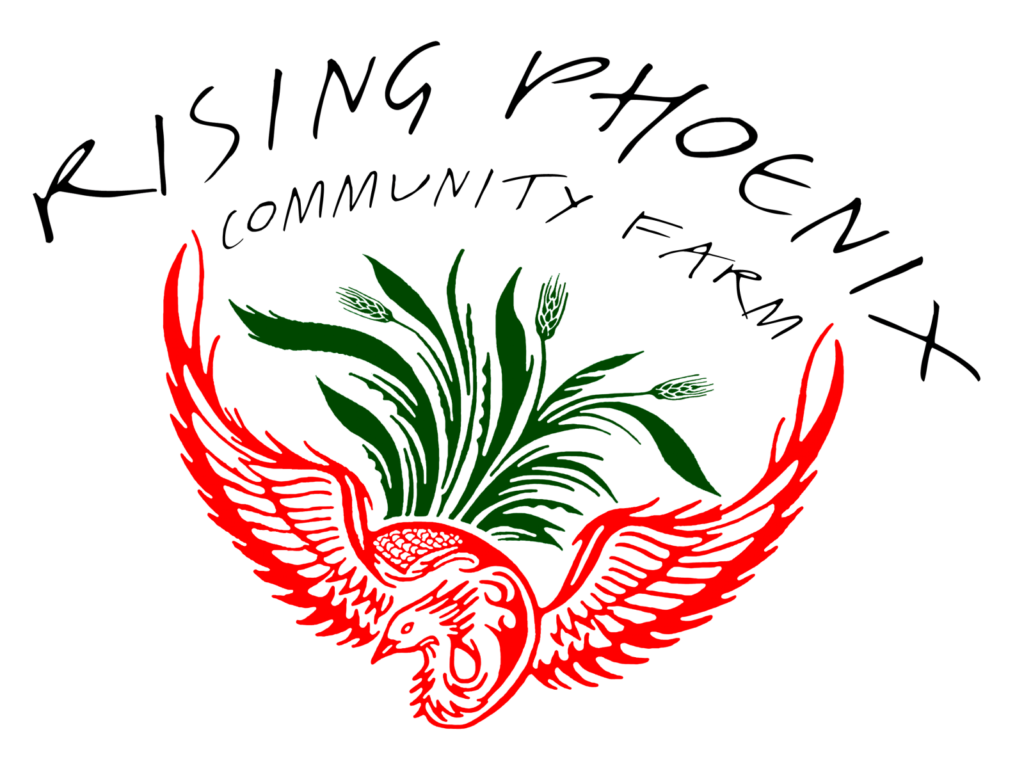Your cart is currently empty!
Friend or foe? Bobcats and other predators at the farm

Phenology is a fancy word for a simple thing: Taking note of what is happening in the natural world over the course of the seasons. Heather-Marie has long had a notebook specifically for that purpose. She uses it to keep a record of small things that come with the passing of days on the farm: the first robin to be seen each spring; the first pussy willows clipped and put in a vase; the ravens beginning to gather materials for their nests in the red pines across the road.
This season, we got to add a new entry to the notebook:
A bobcat hunting in the trees near the garage.
I was having breakfast and looking out the window when I saw what I thought was the stray barn cat that has taken up residence at the farm (His name is New Doug). But this cat was too big to be New Doug.
I looked closer.
The cat had its back to me and was peering over the snowbank, looking at the rabbits in the grass a few yards away — a spot where a few weeks earlier we’d found a rabbit carcass and wondered how it had met its demise.
My adrenaline rushed. I slowly walked over to grab my camera with the telephoto lens and snapped a few photos as the bobcat turned and looked directly at me.
I snapped a few more photos before it slowly made its way back behind the garage and into the trees. I saw it later in the day, hunting rabbits and red squirrels and understood why our rabbit population had dropped so drastically this season.
We put out our wildlife camera, but we haven’t seen it since. But after a recent snow, Heather-Marie found more tracks that showed it was actually going into our barn.
Life on our farm brings many gifts. One of them is the ability to experience the outdoors and try to grow a strong connection to this land and the creatures we share it with. But farming and the natural world don’t always enjoy a harmonious relationship.
I grabbed a few books off the bookshelf and did some reading about bobcats.
“Bobcats are a very secretive animal; you rarely see them,” writes Paul Rezendes in his book, “Tracking & the art of seeing: How to read animal tracks and sign.” “Even finding a track may be difficult. They’re out there, but they keep themselves hidden.”
Rezendes notes that, like other predators, bobcats have been heavily hunted. However, they have survived and even expanded their range in part because they are both elusive and adaptable.
We have seen evidence of many predators at the farm in our short time here. We have seen and heard coyotes and even found what we think is a coyote den at the farm. In the northwest corner of the farm, we often hear a barred owl and have seen the remains of an owl strike on a rabbit near our bird feeders. There has also been evidence of minks and skunks and raccoons.
One afternoon, while looking out across the fields, we even saw a wolf. It moved stealthily across the field in the early evening. A few hundred yards away, we watched the bouncing dance of white tails bobbing up and down as deer quickly made their escape.
One of the more contentious relationships between humans and predators involves the gray wolf. I listened recently to an episode of the podcast (Un)Natural Selection that explored the history of the gray wolf from its near extinction in the early 1900s to the placement of the wolf on endangered species list, which has helped wolf populations to recover in much of the Upper Midwest.
This return is welcomed by those who see the importance of predators in our ecosystem to keep other animal populations from exploding.
But the return of the wolf has also brought with it strong emotions from those who see the animal as a threat. The podcast visited a farm in central Wisconsin that raised prized sheep for competition. One day in 2017, they discovered that all but one of their 12 sheep had been killed by wolves. These sheep came from a line that the family had bred and raised for 20 years.
In spite of that, the family was not calling for the elimination of wolves.
“Even though our family has experienced some pretty detrimental loss, we’re not asking – we’ve never asked or desired even – to have wolves be eliminated,” said Ashley Calaway in the podcast. “That is not something we want by any stretch. We understand wolves have an important place in our ecosystem.”
The podcast points out, though, that an incident like this is uncommon: Wildlife biologists in both Minnesota and Wisconsin told the reporter that incidents involving wolves and livestock are incredibly rare.
At our farm, predators pose no threat. To the contrary, they maintain a natural balance on the land.
The bobcat that’s been on our farm is an ally because it keeps the populations of rabbits and red squirrels from overwhelming us. Last year at this time, we’d see as many as 10 rabbits out and about in the early evening. This year, we’ve seen one, maybe two.
If we had chickens, which we’ve thought of getting, or other livestock, then suddenly these farm predators would no longer be our allies; they would become competition. They might become our adversaries.
Would we still be excited to see those predators?
